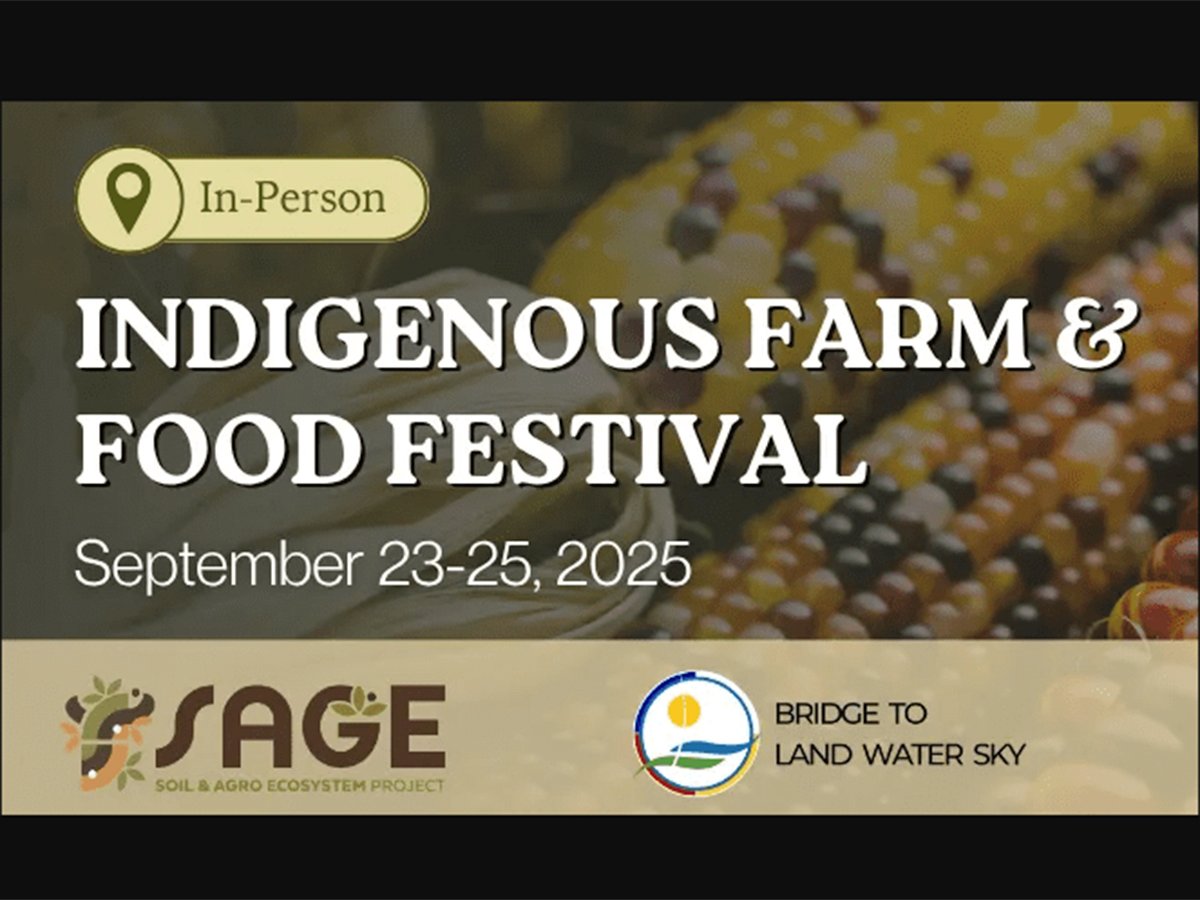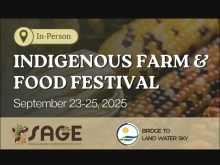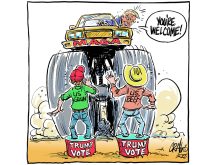Editor’s note: As reported last week in this space, Calgary bureau
news reporter Barbara Duckworth is in Australia, where she is investigating the cattle industry. Here are some of her first impressions.
Flying over the farmlands of central New South Wales, the land looks like a misty green carpet.
On the ground that carpet is worn and threadbare with platter-sized patches of red earth after five years of relentless drought throughout large reaches of Australia’s agriculture lands.
When I visit anywhere whether it is Hanna, Alta., or Aberdeen, Scotland, the rains follow me. Sometimes they are downright torrential. But the best I have been able to scare up for Australia is a mist.
Read Also

Finding the sweet spot where ag science meets ag culture
Soon, many will look at practices such as seeding marginal acres to forage, growing cover crops and livestock integration and ask why they didn’t do this sooner.
People in Sydney complain they are only allowed to water their gardens twice a week.
But in some parts of Australia, farmers have not been allowed to irrigate their crops to feed people and livestock for two years.
A visit to the Forbes saleyards on May 14 showed the reality of drought. Cattle are sold here every Monday in what may be the world’s most modern and well designed livestock sales yard. But beef producers are the same everywhere. If they have no water or feed, cows must be sold. In one pen, five forlorn cows stood waiting to go through the weigh scales.
“You can see some of our cattle are under finished,” said one agent.
More like dead on their feet.
I have never seen anything as emaciated as those five. Saggy, dull coats were draped over bones I did not know existed. Wizened udders flopped around as they walked.
In Canada, cattle body condition is rated on a scale of one to five, with the bottom number denoting emaciation. If condition scores came in fractions, these poor things would have been a half.
While other cattle in the pens did not look as bad as these, the agents admit they are seeing more thin cattle because producers are shipping the worst cases in hopes of getting a few dollars for them. The animals will be slaughtered and turned into beef burgers.
The few producers I have met so far remain optimistic that the drought will break soon. Yet more farmers are working off the farm for added income. Surely some will have to leave.
With only scattered rain showers and those open patches of red earth spreading, it is hard to imagine how there will be enough water, grain or grass for the millions of cattle and sheep poking around on dusty fields.
Australia ships 70 percent of its beef production and producers worry what might happen if some unknown foreign disease shuts them out of world markets. This drought might be the calamity they dread.














